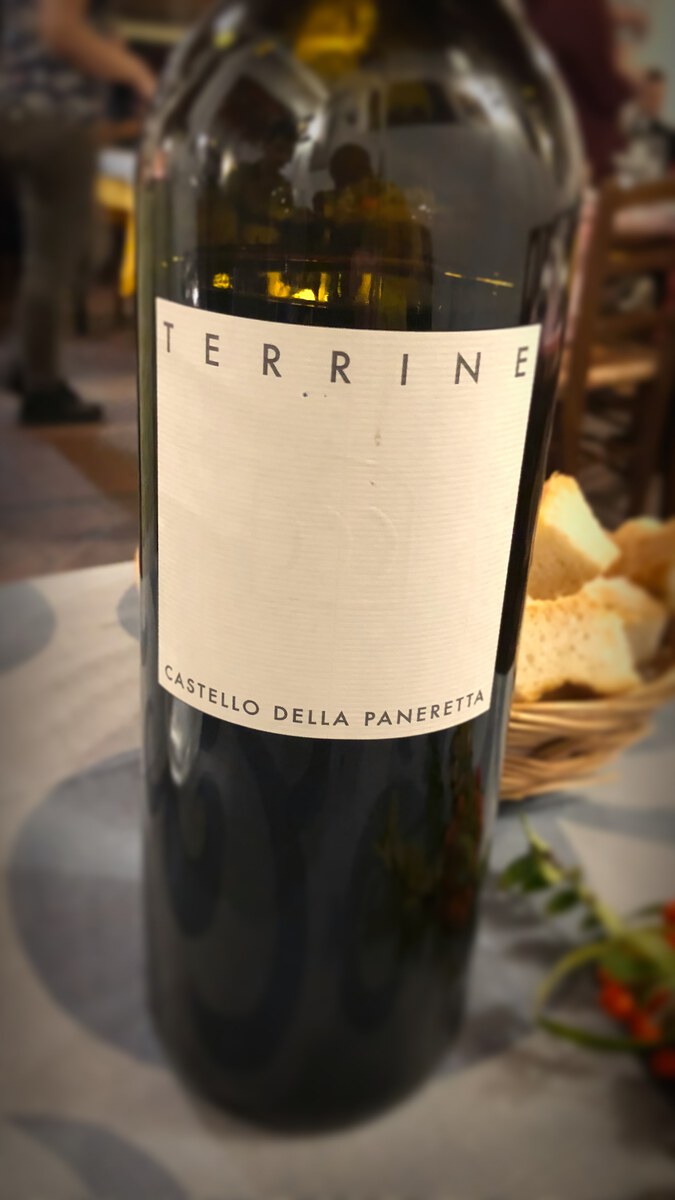Castello della Paneretta "Terrine" 2009
Sangiovese / CanaioloElegant and complex. Tapenade, coffee, leather and cigar box.
Tasting Notes
Le Terrine wine profile is complex with tapenade, coffee, cigar box, leather and toasted notes.
On the mouth the 2009 Terrine from Catello della Paneretta is smooth with some freshness.
Elegant and incredibly drinkable!

|
|
Castello della Paneretta |
|
|
Terrine |
|
|
Red & Still |
|
|
Italy |
|
|
Toscana |
|
|
Sangiovese, Canaiolo |
|
|
2009 |
|
|
Learn more
Sangiovese
Wine making grape
Sangiovese is a red Italian wine grape variety named after the Latin sanguis Jovis, which means “Jupiter’s blood.” Though it is native to most of central Italy, from Romagna to Lazio, Campania, and Sicily, it is best known outside of Italy as the sole component of Brunello di Montalcino and Rosso di Montalcino, as well as the primary component of the blends Chianti, Carmignano, Vino Nobile di Montepulciano, and Morellino di Scansano, though it can also be used to make varietal wines like Sangiovese di Romagna
Link to here... | Derived from 'Sangiovese' on WikipediaCanaiolo
Varietal
Canaiolo is a red Italian wine grape that is grown throughout Central Italy, but is best known for its production in Tuscany. Lazio, Marche, and Sardegna are among the other regions where Canaiolo is grown. A white berry mutation known as Canaiolo bianco occurs in Umbria. It’s always blended with Sangiovese and Colorino to make Chianti wine, and it’s a key but secondary component of Vino Nobile di Montepulciano. It has been a key component of Chianti’s history, and during the 18th century, it may have been the primary grape used in a higher percentage than Sangiovese. Its ability to partially dry out without rotting for use in the governo method of prolonging fermentation may have contributed to its popularity. Bettino Ricasoli’s Chianti recipe called for Canaiolo to play a supporting role to Sangiovese in the 19th century, introducing fruitiness and softening tannins without detracting from the wine’s aromas. Canaiolo vines did not react well to grafting onto new American rootstock after the phylloxera outbreak, and the grape eventually fell out of favor. In 2006, the total area planted with Canaiolo in Italy was less than 7,410 acres. Today, Tuscan winemakers are making new efforts to find better clonal selections and reintroduce the variety to mainstream use.
Link to here... | Derived from 'Canaiolo' on Wikipedia
